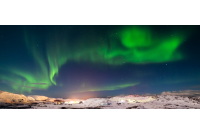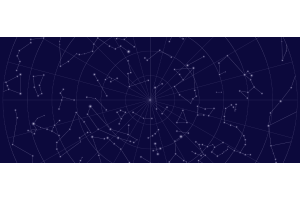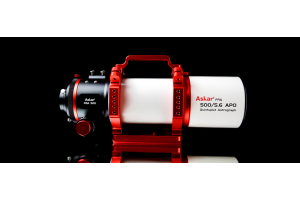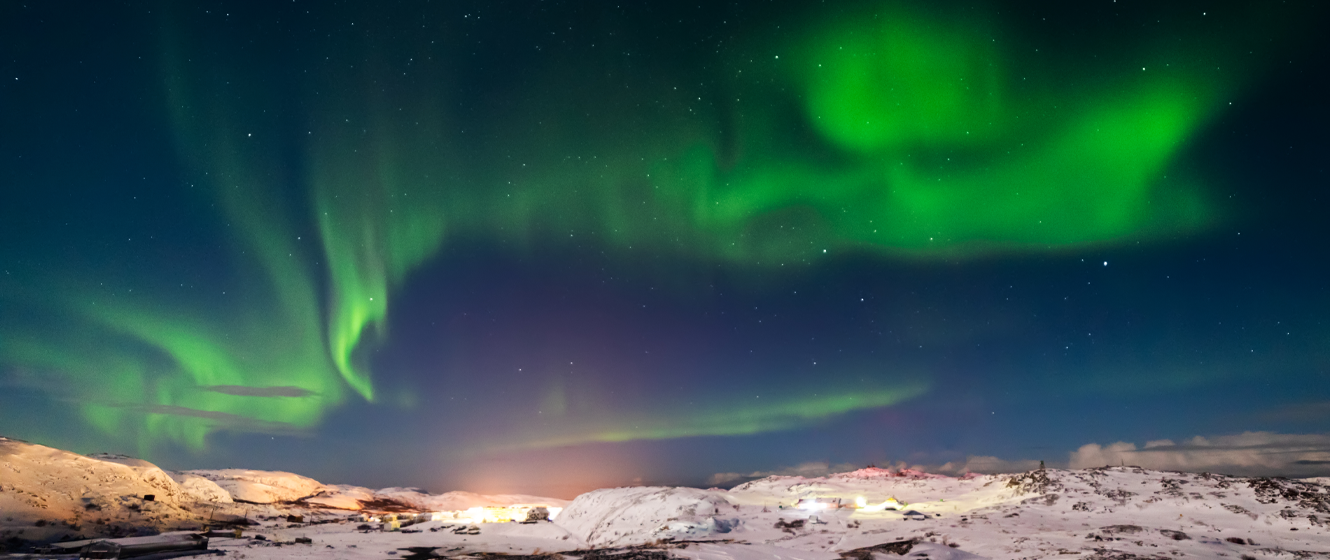
One of the most beautiful sights in the night sky, the ethereal Northern Lights are still not fully understood. Some observers travel to distant lands to see them, while others may never see them at all. They’re often colorful, mystical, and sometimes appear to shimmer across the sky or drift like smoke. Once seen, they’re never forgotten and are rarely mistaken. But what are the Northern Lights?
The Northern Lights Around The World
The first thing to understand is that the Northern Lights are only known by that name in the northern hemisphere. Perhaps unsurprisingly, they’re known as the Southern Lights below the equator. As such, the scientific name is aurora borealis in the northern hemisphere and aurora australis in the south.
The word aurora is taken from the Roman goddess of the dawn. The Greeks knew the goddess as Eos and her siblings were Helios (the Sun) and Selene (the Moon). It’s said that she would travel from east to west and announce the arrival of the Sun.
Of course, it wasn’t just the Greeks and Romans who associated the phenomenon with the otherworldly. Many Inuits knew the aurorae as aqsarniit and believed them to be the souls of the dead playing football with a walrus head. Others believed them to be less friendly spirits, and that if you disrespected them they would kill you.
Not surprisingly, many people thought them to be torches, lanterns, or somehow linked to fires. In China and Russia, the lights were associated with dragons. None of these stories, of course, can explain the true nature of the phenomenon.
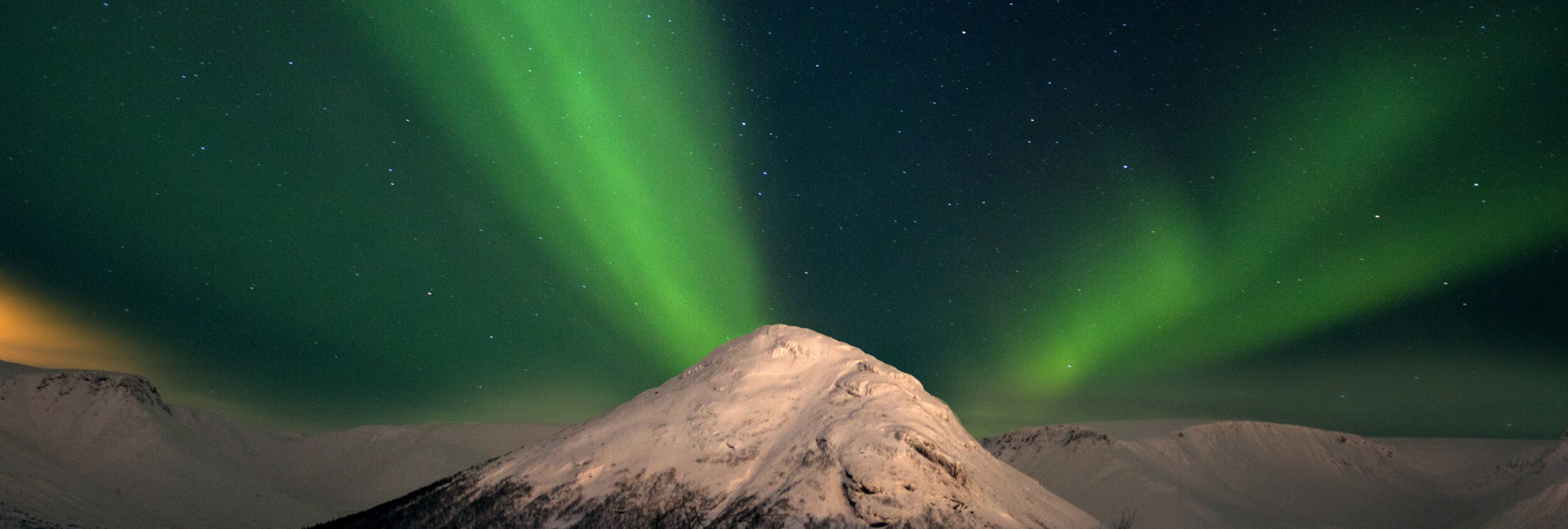
What Causes The Northern Lights?
The truth of the matter is that the full process is not completely understood, but it’s known to be linked to the Sun and the Earth’s magnetic field. The Sun is constantly ejecting charged particles - typically ions, electrons, or protons - out into space. Known as the solar wind, these particles hit the Earth’s magnetosphere and interact with it.
These particles ionize, or “excite,” gas within the Earth’s upper atmosphere, causing photons (light) to be emitted. The actual color of the aurorae depends upon the gas that’s been excited.
- Red aurorae are the rarest and are caused by oxygen at the highest level of the atmosphere, around 200 kilometers (124 miles) or more above the Earth’s surface.
- Green aurorae are the most common and are caused by atomic oxygen and nitrogen. They typically form at an altitude of about 100 kilometers (62 miles) or higher.
- Blue aurorae occur at lower altitudes, below 120 kilometers (75 miles). These aurorae are caused by molecular nitrogen.
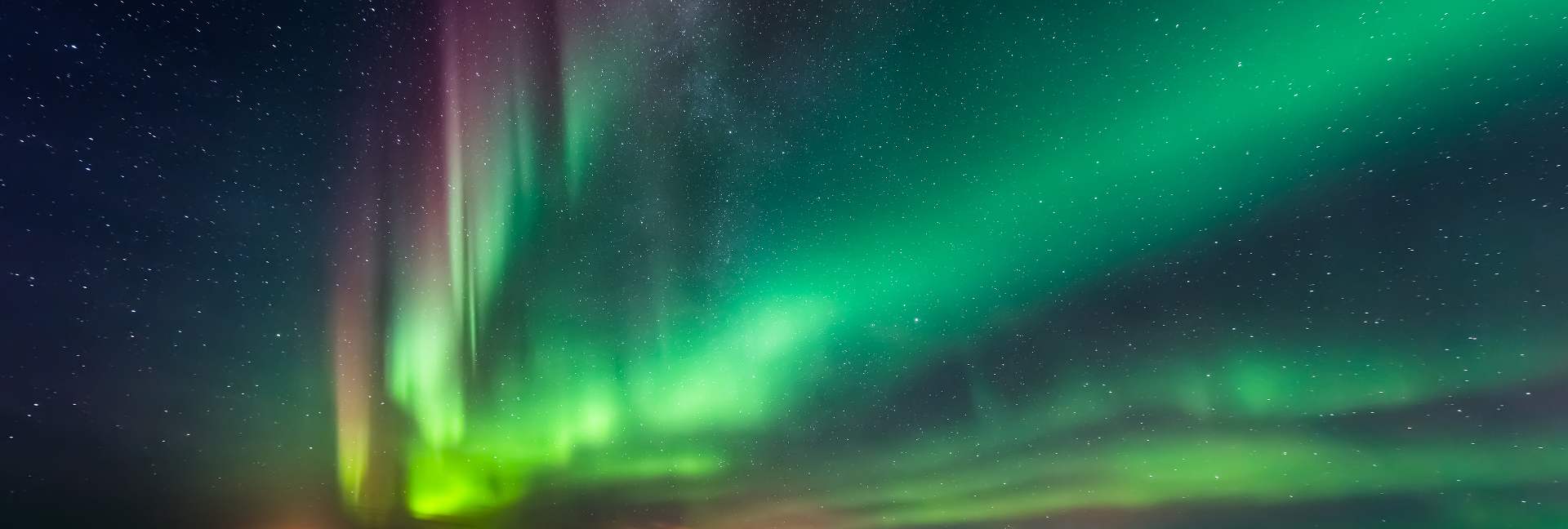
Where Can You See The Northern Lights?
The Northern Lights are often associated with the colder countries of the north - which isn’t an unreasonable assumption! They typically form within a band some three to six degrees wide between latitudes 70 and 80 degrees north or south of the equator.
That’s not to say you have to live at those latitudes to see them; in the northern hemisphere, they’re often seen from the United Kingdom, northern Europe, Canada, and at least the northern half of the United States. And while it’s rare for the aurorae to reach the southern states, it’s not unheard of. For example, in March 1989, the northern lights were seen as far south as Miami, Florida.
Their visibility really depends upon the solar wind which, in turn, depends upon how active the Sun is. If the Sun is particularly active, a significant solar flare could strike the Earth, disturbing the magnetosphere and causing the aurorae to appear brighter and further toward the equator.
The best way to know if Aurorae might be seen from your location is to use an app, such as My Aurora Forecast or Aurora Notifier. You could also visit NOAA’s 30 Minute Forecast website. SpaceWeather can also keep you up-to-date on the latest solar activity and aurora alerts.
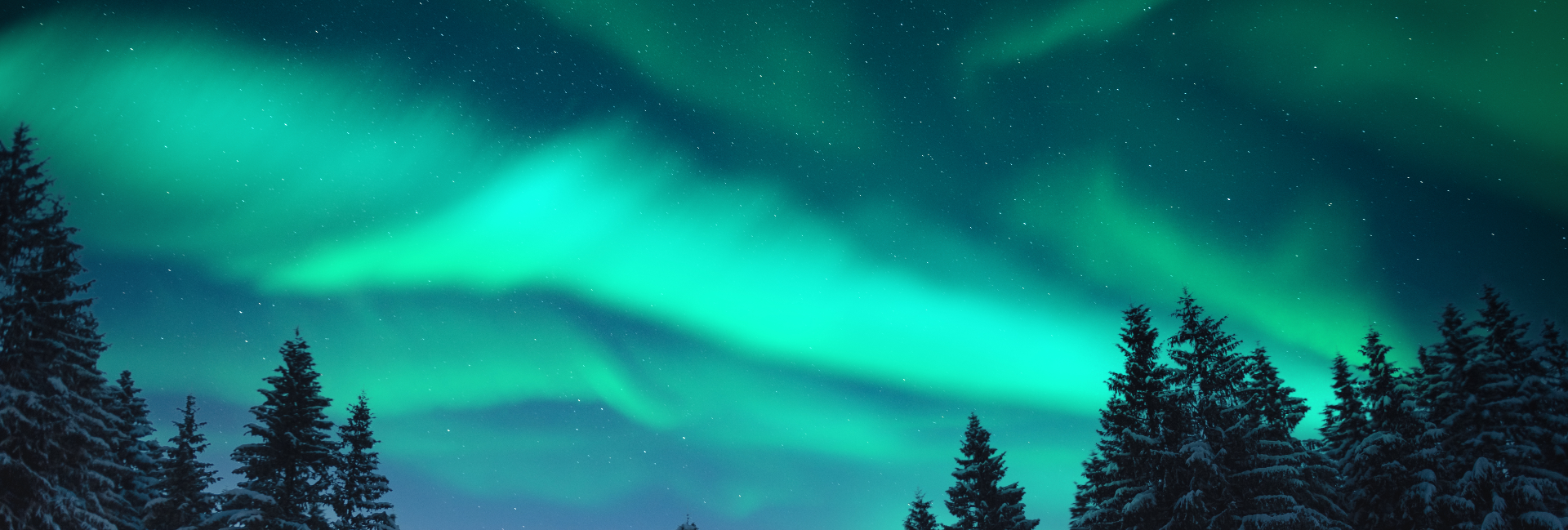
What Do The Northern Lights Look Like?
So let’s say you get lucky and you have the chance to see the northern lights tonight. What do they look like? No doubt you’ve seen the images and the videos online and have been wowed by the striking colors and the soft movements of the aurorae.
Unfortunately, the reality is a little different. The cameras that shoot those images and videos are more sensitive to light than your eyes and, as a result, you won’t see anything nearly as bright or as colorful. In fact, the lights can be so subtle that you could be staring at the aurorae and not even realize it.
At first, you might think you’re seeing a cloud, but it won’t seem quite right. There’s something about its shape that makes it stand out. It might even look like a snake, but it will appear very ethereal and misty. It could also be slowly changing shape and drifting across the sky, from north to south.
So then you think it’s smoke… but that doesn’t seem right either. Smoke, for starters, doesn’t usually have a hint of red, or green, or blue… and at that point, if you haven’t already realized that you’re staring at the Northern Lights, you might very well be completely confused!
Once you’ve seen it, you won’t mistake it again, but if you want to be sure, it’s worth checking online. Social media can be an excellent resource and a Facebook or Reddit group will almost certainly confirm your sighting. Alternatively, try AuroraSaurus for up-to-the-minute reports from around the globe. Be sure to report your sighting so others can confirm their observations too!
Regardless of where or how you see the lights, there’s a sense of wonder and curiosity that seems to naturally accompany them. Nothing else in the sky seems so otherworldly, and it’s easy to imagine them as spirits from another plane briefly visiting the physical realm. Science may explain their origin, but it’s imagination that truly brings them to life.

Learn More
Interested in learning more about what's going on in the sky above us? Check out our Astronomy Hub!
This Article was Last Updated on 8/25/2023





